New changes to Eagle Time affect students
Students navigate the passing period crowd to head to their new advisory classes during Eagle Time, which comes after second period each day. Students have expressed concerns over the change, but Principal Nicholas Jones said the new rules should help students. “With a few small adjustments, we can make all students happy,” Jones said. “I think advisory is worth it.”
August 29, 2022
As crowds fill the hallways on their way to the advisory period, students adjust to one of the changes implemented by the new high school principal Nicholas Jones – the replacement of last year’s Eagle Time period with new “advisory” classes.
After the second period each day, students go to their advisory classroom with a specific, assigned teacher. The individual class groups and their teachers will remain together until the students graduate high school.
“It (Eagle Time) was helpful for the students that used it appropriately, but there were the students that abused it and just wandered the halls,” Jones said. “One thing advisory is going to provide – once we get past the first couple of weeks of going through rules and things like that – is 25 minutes of homework time for every single student to work on. It’s really important for all of our kids to have time built into the day to do work that they need to do because a lot of our kids aren’t able to do that sometimes at home or after school because they’re involved in activities.”
In previous years, Eagle Time allowed students who received a draft request from teachers, to visit classes for academic tutorials, study halls, or group meetings.
“I used to be able to use Eagle Time to go to my different classes and get help when needed, but now I no longer have that opportunity,” junior Lucy Young said. “Because I drive all my siblings to school, I’m not able to come in during the mornings to get help, and the only other time available is after school when I go straight to work and then practice for Lacrosse. Managing homework and trying to find time for questions has become very stressful. All this stress and anxiety of trying to do well in school, but managing everything else on top of it, takes a big toll on my mental health.”
Some students also used Eagle Time to host and attend club meetings.
“I am honestly not very fond of this decision. It isn’t helping me grow and just adding more to my schedule outside of school,” sophomore Arushima Swaroop said. “Because of Eagle Time last year, I was able to participate in a variety of clubs and work on them. I also looked forward to going to these club meetings because it served as a break from school for me. Since advisory has a curriculum this year, I don’t even have much time to work on homework. Much of that time is also spent walking to and from my advisory class.”
Club meetings are now held before or after school.
“I know all of our officers looked forward to those meetings,” Swaroop said. “They were the highlight of our week. Eagle Time is when we planned out all the activities our club would participate in. People have to move things around in their personal lives now to make it to club and officer meetings.”
Swaroop is the founder of STEMMA – the science mentoring club at PHS.
“Not as many new freshmen will want to join any new clubs this year because of the time commitment,” Swaroop said. “It will be harder for them to try new things as well. Eagle Time was the one thing that let me divulge and explore the school as someone new to the district.”
PHS hosts a variety of clubs, from the French Club to the Junior World Affairs Council.
“Changing Eagle Time to advisory has negatively impacted our lives,” sophomore Sofia Popal said. “Before, we used Eagle Time as a brain break or a study hall, neither of which are possible (now). We are not allowed to play games in advisory (or partake in clubs) and due to our advisory being in the portables, the journey to get to the class and the shorter class period leads to little time to get work done.”
Sophomores Popal and Sarah Goddard founded the Card Club.
“One of the main purposes of the club being founded was to serve as a brain break that would force students to take a step back from work and do something fun,” Goddard said. “It’s also easier to meet during Eagle Time than after school. When meeting after school, you have to worry about who’s picking you up, if you have enough time to go, if it conflicts with your schedule, and many more things that may vary from person to person. When meeting during Eagle Time, you don’t have any of these worries or extra stresses.”
Safety concerns played a role in the decision to make the changes. In the event of an emergency, the new format allows administrators to know exactly where students are located during the period. It also allows office staff the ability to notify students quickly when parents need to check them out of school for appointments.
“I think that if the school is going to force us to be in a classroom that isn’t any of our actual classes just to keep us ‘safe’ and ‘happy,’ they should at least let us choose who we would like to be with if we would like to do so,” senior Neha Patel said. “Of course, they don’t have to agree to every request, but because all students will be in this advisory for the rest of their high school career, accommodating the people in their class to people they are comfortable with, would be a lot more mentally healthy than putting us in random classes with random teachers and other random students to promote well being.”
Teachers serve as sponsors for clubs. Due to other responsibilities of the teachers, some schedule conflicts have risen.
“Our sponsor Ms. Launa White, also sponsors Science UIL, and we are having to wait for the schedule to come out, so we can work around it,” Popal said. This was not an issue last year, as the Science UIL meetings were after school, and the Card Club previously meetings (were held) during the school day.”
The advisory teachers check with the students daily to monitor their academic participation – grades.
“It (advisory) also provides time if kids are struggling in some of our larger subjects – math or science and social studies, to get intervention with specific teachers during that time,” Jones said. “The extra help for kids that really needed it in specific subjects. And, I do think the transition time is worth it.”
Advisory is also meant to allow students to bond with their advisory teacher and fellow students as they will meet together every school day until graduation.
“It gives me time to work on my assignments, so I don’t have to do it later,” junior Keeley Dailey said. “Also, my advisory teachers, Ms. Giles and Mr. Whiteside, are really nice and have created a good environment already for us to work in.”
Advisory teachers also try to have individual conferences with each student at least once each week.
“I like that we can have one-on-one time with our teacher to work on our grades,” senior Ava Rarey said. “I’ve never really had that type of aid from a teacher before.”
Jones said the administration is open to addressing student concerns.
“With a few small adjustments, we can make all students happy,” Jones said. “I think advisory is worth it.”
This article recieved updates for additional information and reporting from Jake Radcliffe and Mithra Cama. This article was last updated 4:04 p.m. Aug. 30.


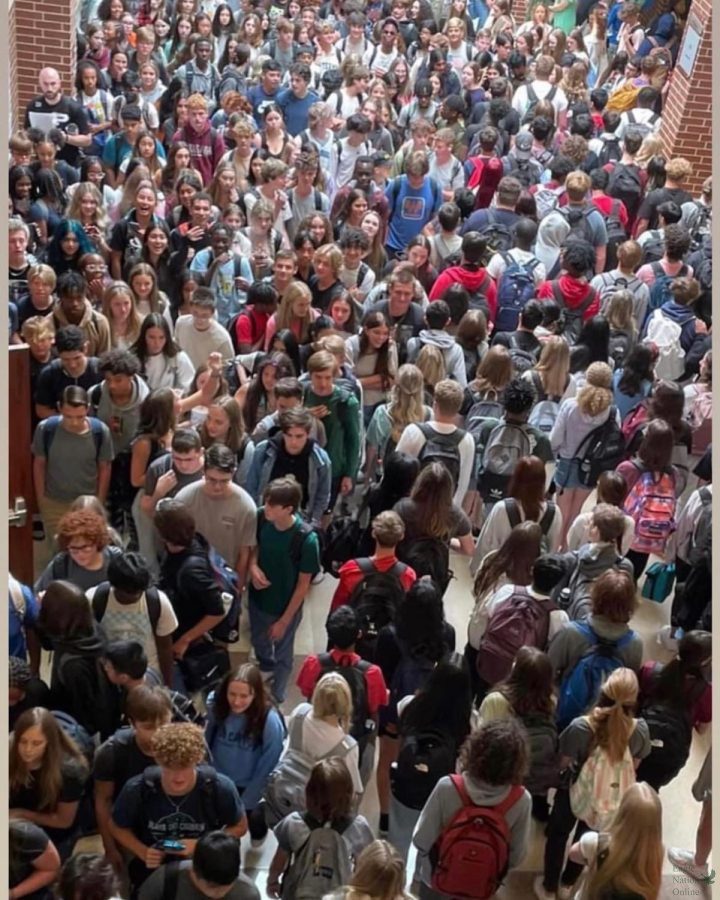
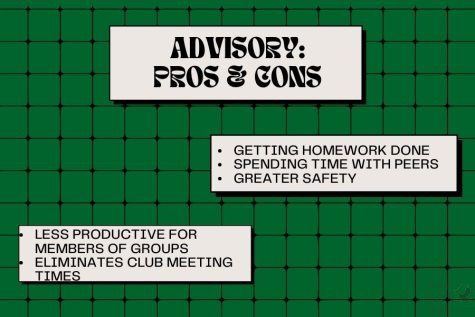
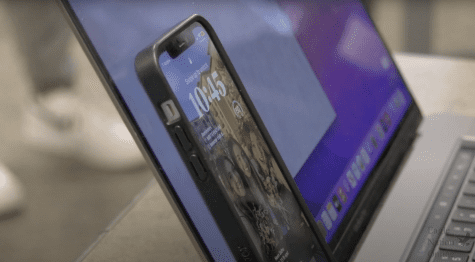





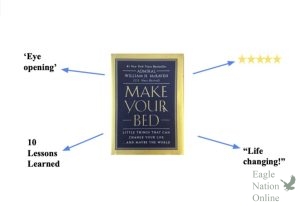

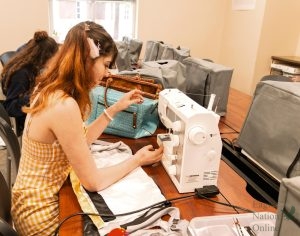
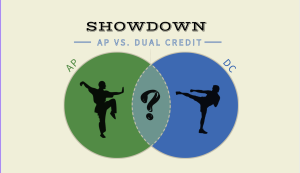
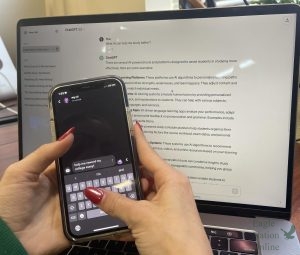




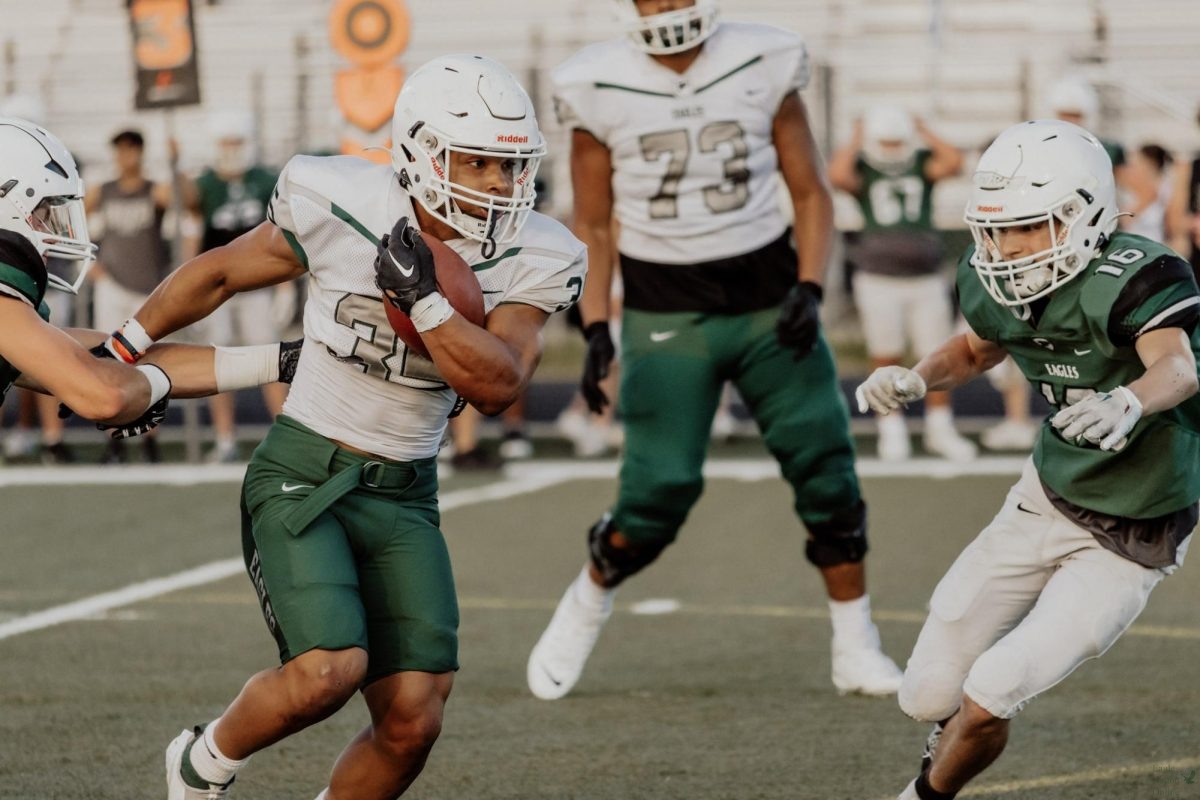
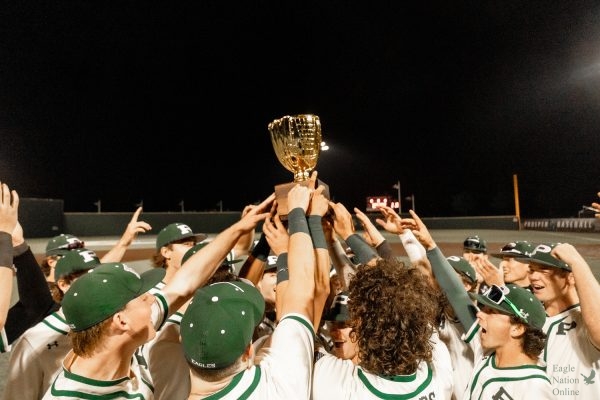

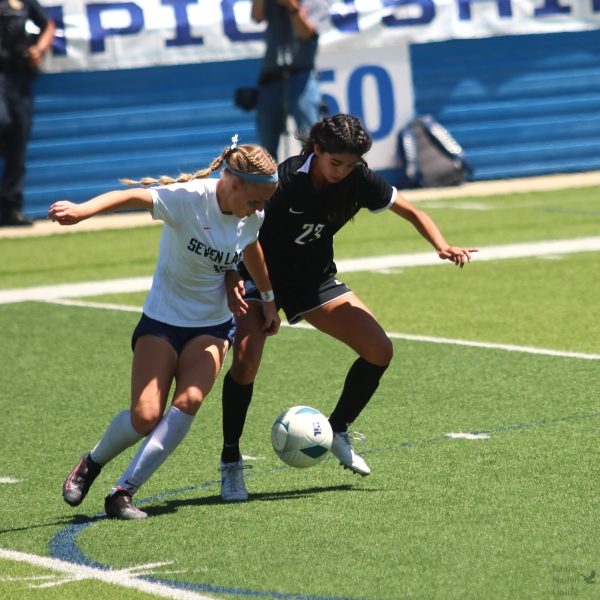
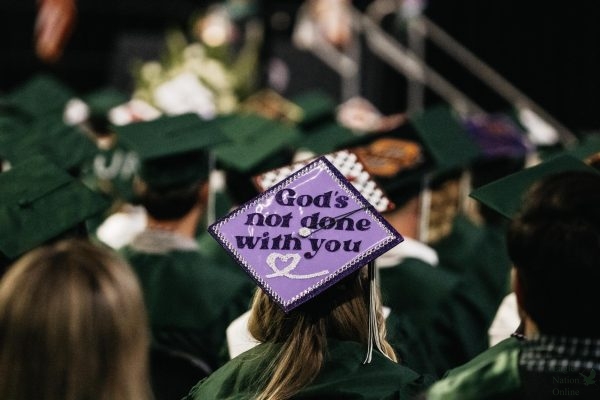



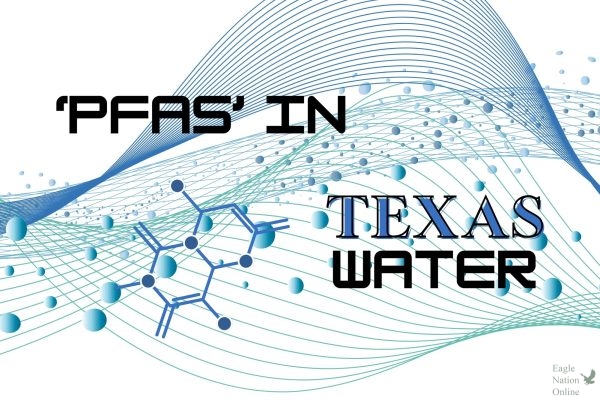

Jason McCleary • Aug 30, 2022 at 12:14 pm
I agree with most of the students who said that Eagle Time is better. As a kid who is in percussion, the things we have to practice and get better at are very difficult, and even just those 25 minutes would help a ton. (I really Like how you guys got opinions from people around the school.)
Kalyani Rao • Aug 31, 2022 at 8:25 am
Hi Jason! Thank you so much for your comment, we love hearing your opinions. Glad you liked the article!
Thanks,
Kalyani Rao, Editor-in-Chief